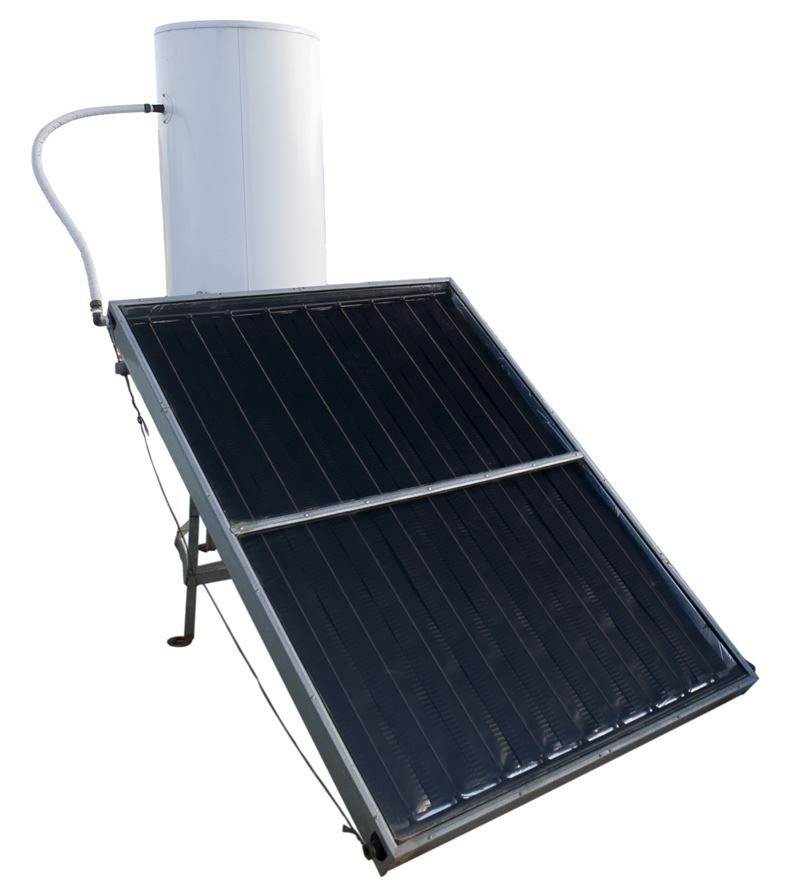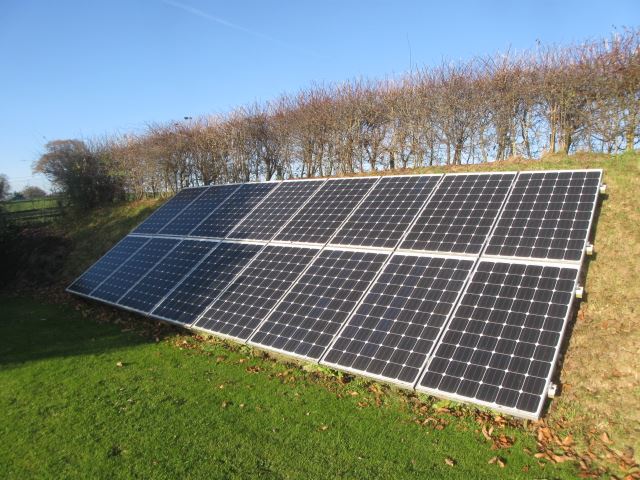Solar Power
Major technological advances in recent years now enable the sun’s power to be harnessed to produce electricity using solar photovoltaic (solar PV) panels and to produce hot water using solar water heating (solar thermal) systems.
Solar photovoltaic (solar PV) panels or cells convert sunlight into electricity. They are often attached to the outside of buildings (particularly on roofs) but there are also solar farms where large numbers of panels are used to generate significant amounts of electricity.
Solar thermal systems use energy from the sun to heat water up to 55-65ºC. These systems are usually roof-mounted and connected to the property’s domestic hot water system.

Both systems utilise renewable energy, i.e. energy that occurs naturally and repeatedly in the environment. Renewable energy does not release any net greenhouse gases into the atmosphere. Renewable energy systems can reduce your energy bills and lower your carbon footprint.
Renewable energy makes an important contribution to our national energy system. Provisional calculations show that 13.2 per cent of final energy consumption in 2019 came from renewable sources, up from 12.0 (revised) per cent in 2018, as measured against the UK's target to reach 15 per cent by 2020 under the 2009 EU Renewable Directive. (25 Jun 2020 - source: gov.uk).


